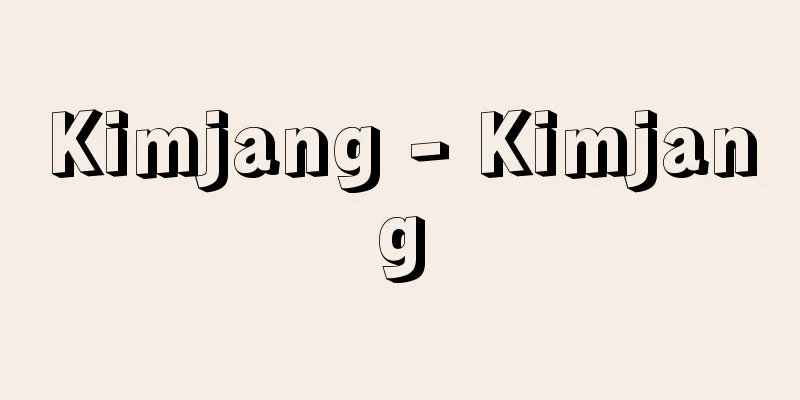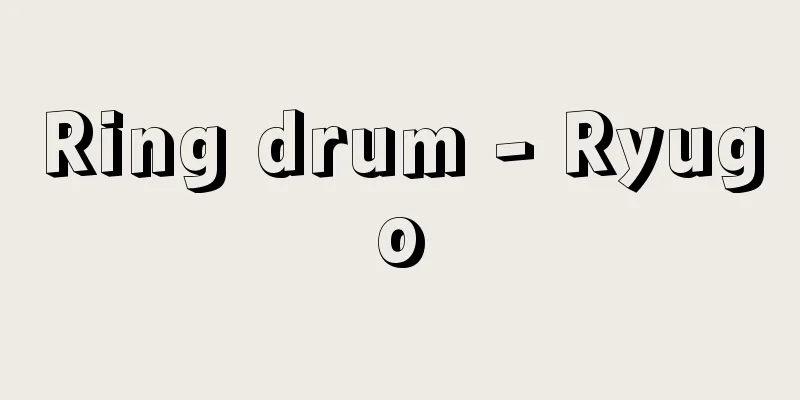Kimjang - Kimjang

|
It is an annual event in which kimchi, eaten during the winter, is pickled from late autumn to early winter. In the cold winters of the Korean Peninsula, fresh vegetables are scarce, so people eat preserved kimchi instead to supplement their lack of vitamin C. For this reason, kimchi made using kimjang is also called "half a winter ration," as it is food for the winter when vegetables cannot be obtained. The word kimjang comes from "simjang," which means to pickle and store "simchae," the root of the word kimchi. Kimjang is made around the beginning of winter, when the minimum temperature is below 0°C and the average daily temperature is below 4°C. This is because kimchi is a fermented food, so temperature control is important. The Korea Meteorological Administration forecasts the kimjang front to inform people of the best time to make kimjang. Kimjang involves pickling several types of kimchi, including cabbage kimchi, but as a 3-4 month's supply is made for a large group, a family may end up with 50 heads of cabbage alone. As the pickling process takes 2-3 days, family members and those around them work together to help each other out, sharing their kimchi and exchanging information on how to make it. This culture of sharing and communication was recognized, and in 2013, "kimjang culture" was registered as an intangible cultural heritage by the United Nations Educational, Scientific and Cultural Organization (UNESCO). However, with the urbanization of life and changes in storage methods, there is less need to make large quantities at once, and the scale of kimjang is shrinking. [Takei Hajime] [Reference] | |Source: Shogakukan Encyclopedia Nipponica About Encyclopedia Nipponica Information | Legend |
|
冬の間に食べるキムチを晩秋から初冬にかけて漬けこむ年中行事。朝鮮半島の冬は寒冷で新鮮な野菜が少なくなるため、そのかわりとして保存食のキムチを食べて不足するビタミンCを補ってきた。そのため、キムジャンでつくられたキムチを、野菜がとれない冬の間の食糧という意味から「冬の半糧食」ともいう。キムジャンということばは、キムチの語源とされる「沈菜(シムチェ)」を漬けて貯蔵する「沈蔵(シムジャン)」に由来する。 キムジャンは、立冬の前後の最低気温0℃以下、一日の平均気温が4℃以下のころに行われる。これはキムチが発酵食品であり温度管理が重要なためである。韓国の気象庁はキムジャンの時期を知らせるためのキムジャン前線の予報を行っている。 キムジャンでは白菜キムチほか数種類のキムチを漬け込むが、3~4か月分の量を大人数分まとめて漬け込むため、一家族だと白菜だけで50株になることもある。また、漬け込み作業に2~3日かかるため、家族や周囲の人と共同で助け合いながら作業をし、互いのキムチを分けたり、漬け方について情報交換をしたりする。この分かち合いやコミュニケーションの文化が評価され、2013年に「キムジャン文化」が国連教育科学文化機関(ユネスコ)の無形文化遺産に登録された。しかし、生活の都市化や貯蔵方法の変化によって、まとめて大量に漬け込む必要が少なくなり、その規模は小さくなっている。 [武井 一] [参照項目] | |出典 小学館 日本大百科全書(ニッポニカ)日本大百科全書(ニッポニカ)について 情報 | 凡例 |
>>: Giemsa solution - Gimuzaeki
Recommend
Nasal index - bishisuu (English spelling) nasal index
A term in anthropometry, the ratio of nasal width...
Simple discrimination test - Kanihanbetsushiken
...For this reason, knowing the properties of soi...
Attentat clause
A clause that stipulates that harm to the life of ...
Zygopetalum
An evergreen orchid of the Orchidaceae family. Abo...
New England aster
...A cold-resistant perennial plant of the Astera...
Home appliances - Kaitei Denki
This refers to household electrical machinery and ...
Amundsen, Roald
Born July 16, 1872 in Borge, near Oslo [Died] June...
Prince Kan'in no Miyanorihito
...He was the son of Imperial Prince Kan'inno...
Plymouth Colony - New Plymouth Colony
The first colony in New England (present-day easte...
Tamashek
…In Morocco, there are many dialects in the Rif M...
Okudosan - Okudosan
...There are legends about the Kamadogami being a...
Dutov, AI (English spelling) DutovAI
…The first Red Guards were founded in October 191...
Medical Protection Act
...For this reason, the Relief Act was enacted in...
Vserossiiskaya assotsiatsiya proletarskikh pisatelei
…Its official name is the Russian Association of ...
Chen Yucheng (English name)
1837‐62 King Ying of the Taiping Heavenly Kingdom ...









